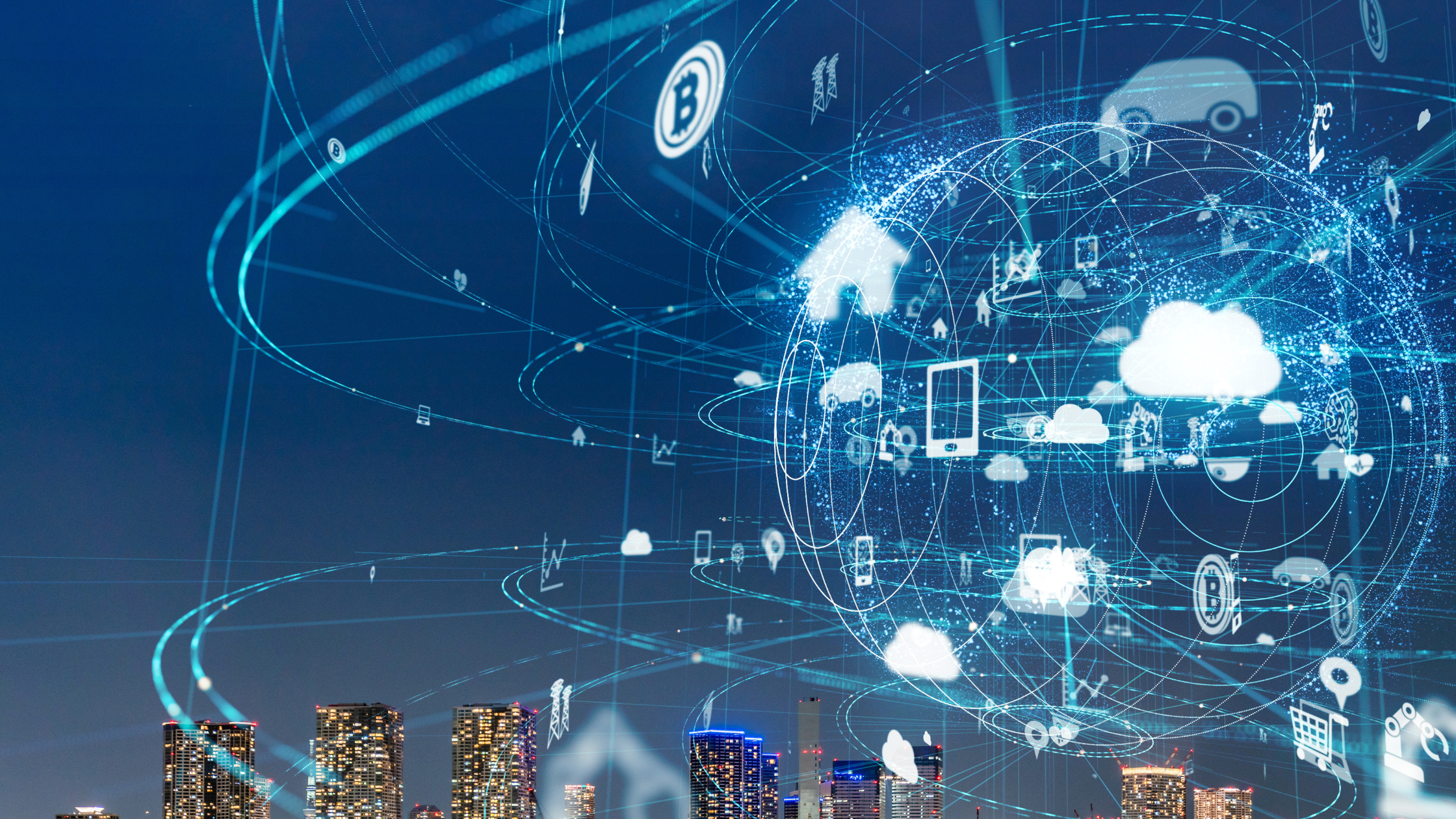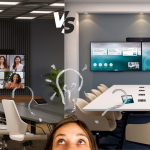The Links Between IoT and Audiovisual Technology
The links between the Internet of Things (IoT) and Audiovisual cannot be ignored. Communication and connectivity at home and work happen through ever-evolving connectivity and audio/video technologies. Smartwatches, alarm systems, temperature control systems, lighting, video display units, and computers— all are becoming interconnected, having a profound impact on the AV industry.
Our access to these points of communication and connectivity is becoming more ubiquitous as the Internet of Things continues to progress. With all this in mind, what do AV pros need to know about IoT to best serve their clients?
Let’s take a look.
Having AV as such an integral component of IoT means having the right infrastructure in place. You have a role to play in working with clients so they understand these infrastructure requirements as they relate to AV integration specifically while designing their AV infrastructure, which has a user-friendly aspect of unified communication. Reliable AV solutions ensure seamless connectivity and interoperability among smart devices, making IoT-driven AV experiences more efficient and user-centric.
When the IPv6 standard was put in place in 2017, the potential for unlimited IP addresses cleared the way for every and all devices to be potentially connected via IoT. To manage a future of unlimited connectivity, professionals must understand and use the IPv6 standard to meet client demands.
Beyond that, connected devices must connect to systems appropriately to provide value.
Better interoperability depends on devices being connected in an optimal way as per the intended application. More and more, this means connectivity via a cloud-based service. Some AV system applications still require cabling solutions, but you can minimize the impact of any systems tethered by cabling. Wireless is becoming more the expectation and the norm, so solutions that include systems such as Power over Ethernet (PoE) should be incorporated into AV integration plans.
And just like the devices around you, keep learning. You have to be well-versed in new developments in the intersection between IoT and AV. Understand and comply with the latest standards in data compression, performance verification, and energy management to serve your clients and be a trusted resource for them.
Managing Workflow with IoT and AV
IoT and AV are beginning to interact in the workplace in pretty amazing ways.
Imagine you are at work, wearing a smartwatch, which notifies you of a video conferencing system meeting you’ve got to get to across campus. You can navigate to the meeting from your phone or watch and join the meeting from either device. Your colleagues in the meeting are having the same experience.
Meanwhile, the conference room has set itself up, dimming lights and turning on the video display in preparation to connect with colleagues and the client attending the meeting remotely.
When the tools of your workplace anticipate your needs in this way, it is called ambient computing. Machine learning happens as systems within an environment “learn” and respond to user behaviors and patterns. In this way, immersive experiences in the workplace will be less about entertaining and more about ease of workflow.
AV and IoT are beginning to work in sync in this way. As rooms and devices begin to learn from how people come and go, activities they do in a room, etc., this ambient computing easily guides lighting, room temperatures, and AV functions.
Data collected through IoT interaction can also help in the larger context of a workflow. IoT is helping to allocate AV and other business resources.
- Is one conference room getting used more than others?
- Are huddle spaces being underutilized?
- How are employees employing video conferencing capabilities in a given building?
IoT can help gather data to make work run more smoothly and allocate resources more efficiently. AV consultants can leverage these insights to design smarter, more adaptive workspaces that meet evolving business needs.
How IoT Enhances Conference Room AV Experiences
In modern conference rooms, IoT sensors and devices are often used to enhance the overall experience of meetings and presentations. Here’s how:
- Automated Lighting and Climate Control: IoT-connected lighting systems and thermostats adjust the lighting and temperature in conference rooms based on occupancy and ambient light conditions. Sensors detect when people enter or leave the room, allowing the system to automatically adjust the lighting and temperature for comfort and energy efficiency.
- Smart Presentation Systems: Control IoT-enabled projectors, screens, and interactive displays easily from your smartphone or tablet app. Presenters can seamlessly switch between different display sources or adjust settings such as brightness and volume without needing to physically interact with the equipment.
- Room Booking and Scheduling: IoT sensors integrated into room booking systems monitor room occupancy and availability in real-time. Employees can quickly find and reserve available meeting rooms using a smartphone app or digital signage displays outside each room. This helps to optimize room utilization and reduce scheduling conflicts.
- Remote Monitoring and Maintenance: IoT sensors embedded in AV equipment provide real-time monitoring of device performance and health status. AV technicians can remotely diagnose and troubleshoot issues, perform software updates, and schedule maintenance tasks proactively to minimize downtime.
- Data Analytics and Insights: IoT platforms collect and analyze data from various AV devices and sensors to provide valuable insights into room usage patterns, meeting attendance, and equipment utilization. This data helps organizations optimize their AV infrastructure, improve resource allocation, and make data-driven decisions to enhance productivity and collaboration.
IoT is transforming AV design, optimizing conference rooms and events for efficiency and immersive user experiences.
Have a look at our page as well to know more about video collaboration – AllWave AV





